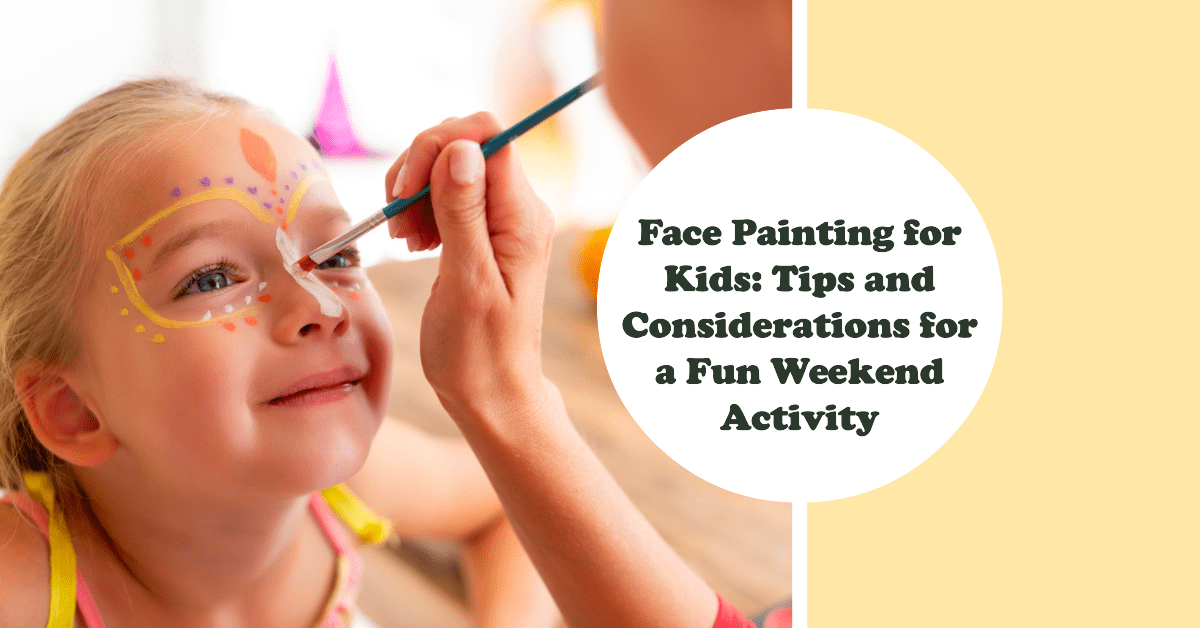Face painting is a delightful and creative activity that can transform a regular weekend into an extraordinary adventure for kids. Whether it’s a birthday party, a carnival, or just a fun family gathering, face painting adds an element of magic and excitement.
In this article, we’ll explore essential tips and considerations to make your face painting experience safe, enjoyable, and memorable for everyone involved.
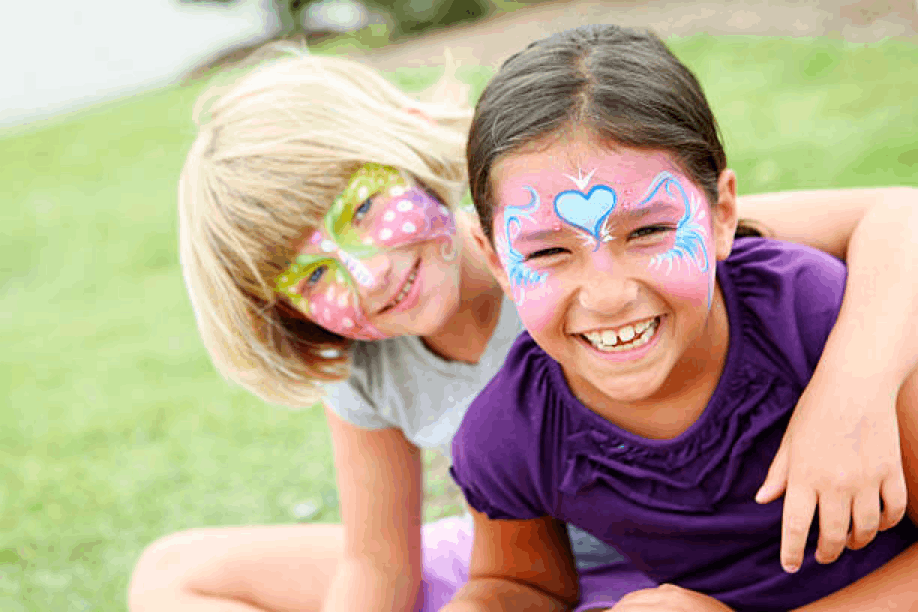
Gather Quality Supplies
When it comes to face painting, the foundation lies in the quality of your supplies. Investing in high-grade, non-toxic face paints is paramount. Look for water-based paints that are gentle on the skin and easy to wash off. Additionally, opt for hypoallergenic options to ensure even those with sensitive skin can join in the fun.
You’ll want to have brushes with different thicknesses and shapes, including fine-tipped brushes for intricate details and broader brushes for larger areas. Don’t forget about sponges – they provide a smooth, even application and can be essential for blending colours.
Finally, add a touch of sparkle with water-based glitters, ensuring they are safe for use on the skin. Opting for established and reputable brands guarantees the safety and comfort of the young artists you’ll be painting.
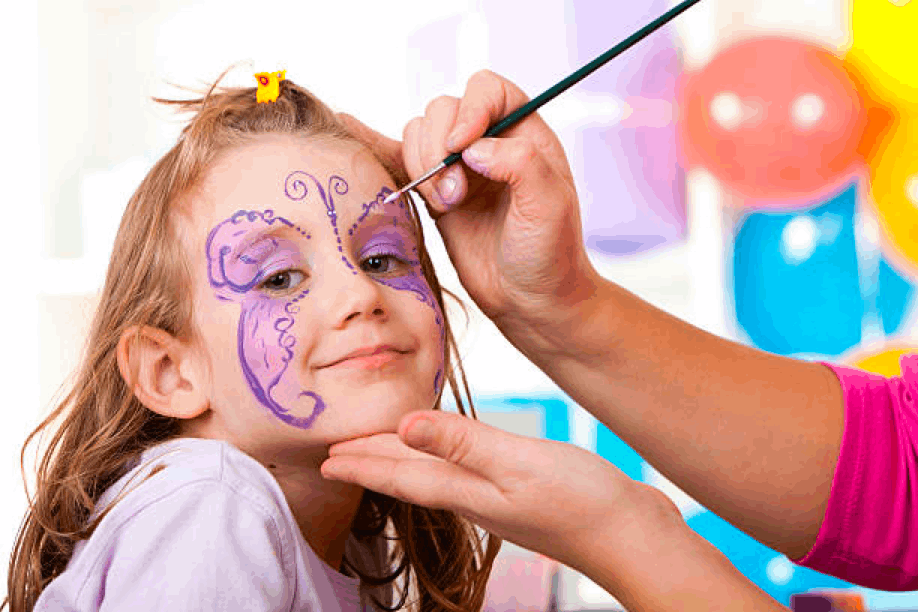
Choose Designs Wisely
The key to a successful face-painting session lies in choosing designs that resonate with the age group you’re working with. For the younger ones, whimsical and uncomplicated designs like butterflies, friendly animals, or beloved superheroes are perfect choices.
These designs not only capture their imaginations but are also relatively quick to execute, minimising restlessness. Older children, on the other hand, might be drawn to more complex and detailed designs. Consider themes like intricate fantasy creatures, sports logos, or even popular characters from their favourite books or movies.
Create a Safe Environment
Set up a designated area for face painting that is well-lit, well-ventilated, and free from potential hazards. Ensure there are no small objects or choking hazards within reach of the child. Create a comfortable seating arrangement and maintain a calm and reassuring atmosphere.
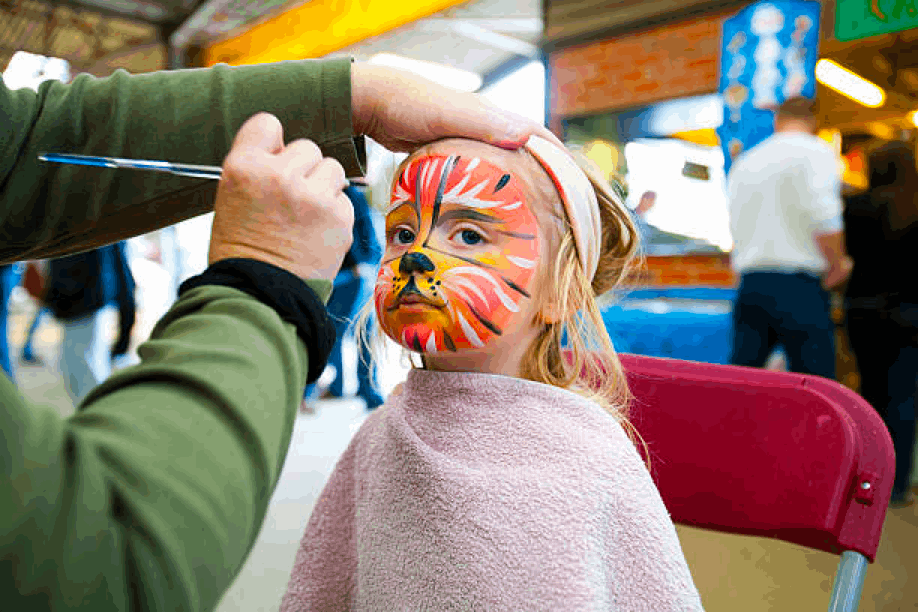
Communicate with Parents/Guardians
Before starting the face painting session, communicate with the child’s parents or guardians to gather any pertinent information about allergies, sensitivities, or medical conditions. This will help you tailor the face painting experience to the child’s specific needs and ensure their safety and comfort.
Offer Choices and Customization
Provide the child with a selection of designs to choose from, and if possible, offer customisation options. This allows them to express their creativity and feel a sense of ownership over their chosen design. Encourage them to share their ideas and preferences and be flexible in adapting the design accordingly.
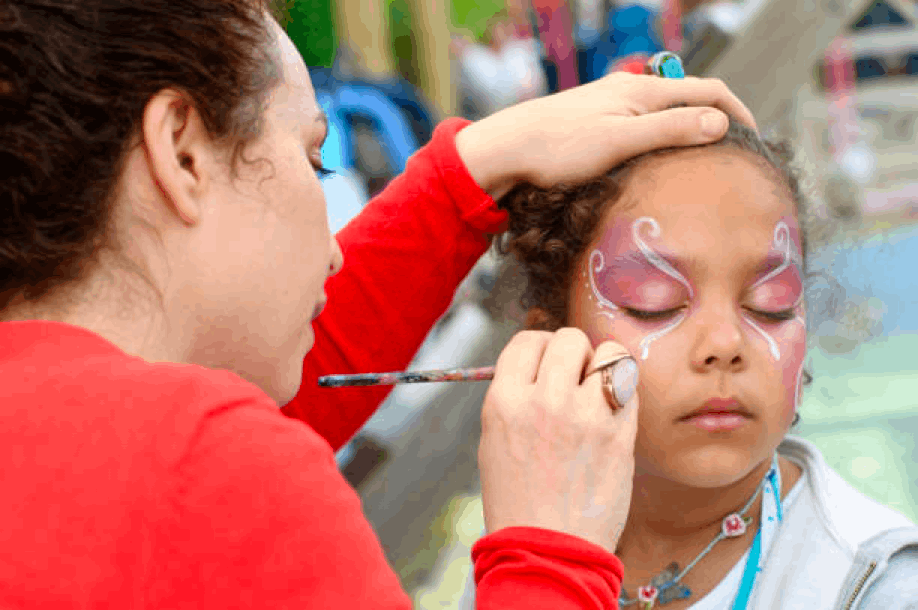
Use Stencils for Precision
For those who might not feel entirely confident in their freehand painting skills, stencils can be an invaluable tool. They act as a guiding hand, ensuring that even intricate designs come out with precision and clarity.
Stencils eliminate the pressure of having to draw directly onto the skin, allowing for a more relaxed and enjoyable experience for both the painter and the child. With a wide array of stencils available, ranging from whimsical patterns to popular characters, you can effortlessly create stunning face paint designs that are sure to captivate and delight.
Set Realistic Expectations
It’s essential to understand that every child is different. Some may be able to sit still for an extended period, while others may need more breaks or a shorter session. Flexibility is key. If a child begins to feel restless or uncomfortable, be open to modifying the design to suit their preferences. This adaptability ensures that the face painting experience remains enjoyable and stress-free for both parties involved.
Remember, the goal is to create a positive and memorable experience, and being attuned to the child’s comfort levels is a crucial part of achieving that.
Easy Face Painting Designs for Kids
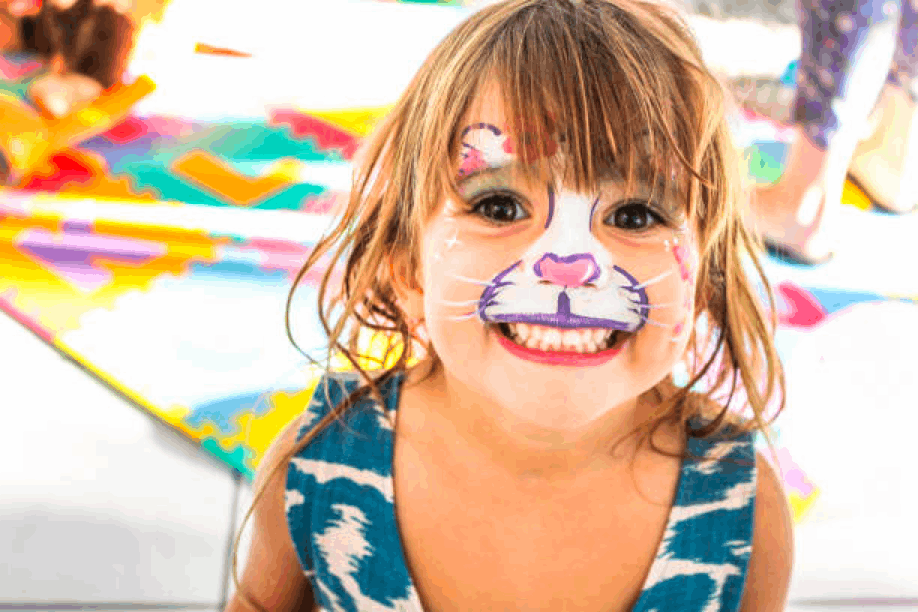
Here are some easy and popular face-painting designs for kids:
- Butterfly: A classic favourite! Paint the wings on the cheeks, add antennae on the forehead, and some decorative patterns for a whimsical butterfly.
- Superhero Mask: Create a simple mask design in the style of a favourite superhero. Outline the eyes and add some bold colours for a dynamic look.
- Cat: Paint a cat nose, whiskers, and some cute cat eyes. You can also add some cat ears on the forehead for an extra touch.
- Pirate: A pirate’s eye patch and moustache are easy and fun to create. Add some bold eyebrows for a mischievous look.
- Rainbow: Paint a colourful rainbow across the forehead or cheeks. Add clouds at the ends for a cheerful and vibrant design.
- Dinosaur: Paint a dinosaur face with sharp teeth and scales. You can use different shades of green for added depth.
- Spider: A spider crawling up the side of the face is a spooky but fun design. Add some webs for extra effect.
- Flower: Paint a colourful flower on the cheek or forehead. Add petals, a centre, and some leaves for a lovely floral design.
- Fish: Create a fish face with big, round eyes and colourful scales. Add some water bubbles around for an underwater theme.
- Robot: Paint a metallic-looking face with bolts, gears, and buttons. Add some circuit lines for a futuristic robot design.
- Ladybug: A ladybug’s round body and distinctive spots make for an adorable face paint design. Don’t forget the antennae!
- Star and Moon: Paint a starry night sky with a crescent moon. Add some twinkling stars for a dreamy look.
How to Remove Face Paints on Kids Easily and Safely?
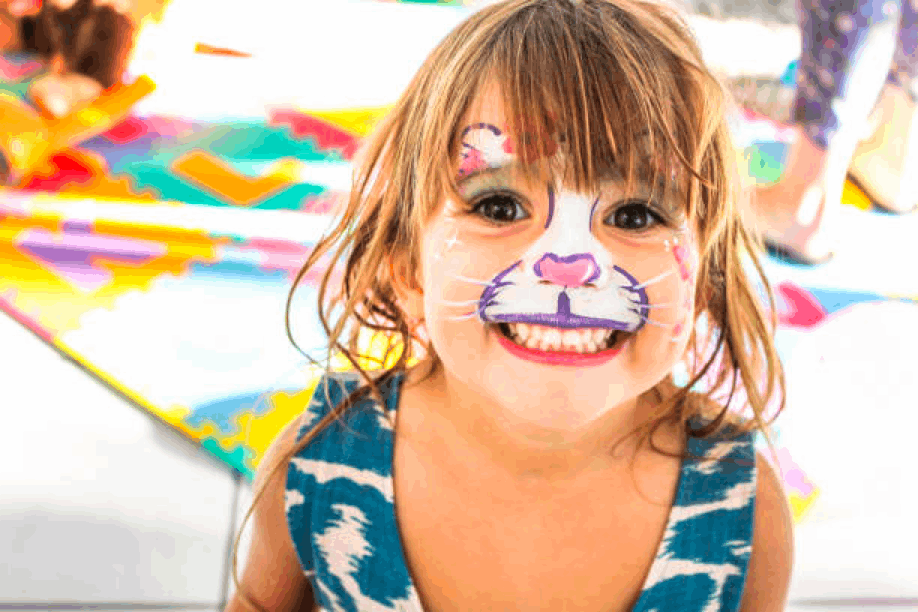
Removing face paint should be a gentle and hassle-free process to ensure the child’s comfort. Here’s a simple step-by-step guide to easily remove face paint:
- Gather Supplies- Mild soap or baby shampoo, warm water, soft washcloth or sponge, cotton balls or pads, moisturiser or face cream.
- Wash Hands- Before starting, ensure that your hands are clean to avoid transferring any dirt or germs onto the child’s face.
- Dampen Cloth or Sponge- Moisten a soft washcloth or sponge with warm water. Make sure it’s not too hot, as you want to keep the experience comfortable for the child.
- Gentle Cleansing- Apply a small amount of mild soap or baby shampoo to the cloth or sponge. Gently rub the face paint in small circular motions. Start from the edges of the face paint and work towards the centre.
- Avoid Rubbing Eyes- Be extra cautious around the eye area. Use a cotton ball or pad soaked in warm water to remove face paint around the eyes. Gently swipe from the inner corner towards the outer corner.
- Rinse Thoroughly- Rinse the face with warm water to remove any remaining soap or face paint. Make sure no residue is left behind.
- Pat Dry- Use a clean towel to pat the face dry. Avoid rubbing, as the skin may be slightly sensitive after the face painting.
- Apply Moisturizer- After the face is clean and dry, apply a gentle moisturiser or face cream to hydrate the skin. This helps replenish any lost moisture and soothes the skin.
- Check for Residue- Double-check to ensure that all face paint has been completely removed. If there are any stubborn spots, you can repeat the process or use a little more soap.
- Wash Hands Again- Once you’ve finished removing the face paint, wash your hands again to ensure you’re not transferring any remaining paint.
Remember to always use products that are safe for the skin, especially for young children. If the child has sensitive skin or any known allergies, it’s a good idea to do a patch test before using any new products.
Final Thoughts
In the world of childhood imagination, face painting is a passport to a realm of endless possibilities. As we’ve explored in this guide, the key to a successful face-painting session lies in the careful selection of supplies, thoughtful design choices, and an openness to creativity. By investing in quality materials and considering the preferences of each child, you can transform a weekend gathering into a canvas of smiles and cherished memories.
Remember, it’s not just about the final masterpiece; it’s about the process, the giggles, and the shared moments of creativity.

